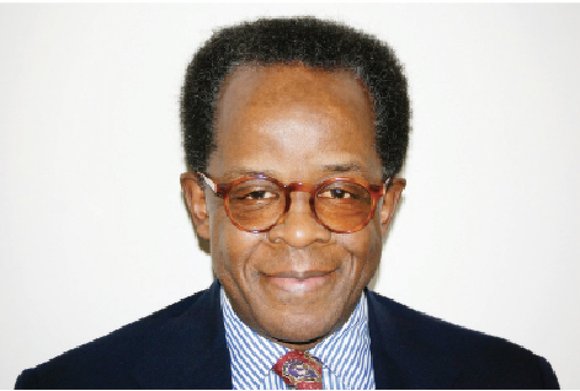The buoyancy of hope
6/27/2015, 1:13 a.m. | Updated on 6/27/2015, 1:13 a.m.
Lee A. Daniels
The Rev. Clementa Pinckney and his fellow congregants of Emanuel African Methodist Episcopal Church in Charleston, S.C., gathered as usual in the historic edifice June 17 for their Wednesday evening Bible study. They came, as always, to refresh their religious faith, to testify and bear witness to the importance of living a life of righteousness and to extend to all, including the stranger in their midst, their welcome and their trust.
How could they know that he represented a monstrous evil that would consume them?
So, once again, American society has been wounded by the dangerous forces of hatred and violence that have always shadowed the gleaming idealism of the American Creed.
President Obama gave voice to “the heartache and the sadness and the anger” the massacre provoked in decent people when he said, “We as a country will have to reckon with the fact that this type of mass violence does not happen in other advanced countries … with this kind of frequency. And it is in our power to do something about it. The politics in [Washington] foreclose a lot of those avenues right now. But it would be wrong for us not to acknowledge it. At some point, it’s going to be important for the American people to come to grips with it, and for us to be able to shift how we think about the issue of gun violence collectively.”
In those words the president spoke, substitute for “gun violence” the words “slavery” and/or “racism” and you have why, for many black Americans, the terrorist attack at Emanuel AME scourged a profound historically rooted pain.
Yet even in this moment of grief, we ought to recognize the several truths that offer “the buoyancy of hope,” said the president, quoting Dr. Martin Luther King Jr.
One truth lies in our learning something of the very people — a cross-section of the American people — who were gunned down. Their being lost to the whirlwind of evil shouldn’t be allowed to obscure their fundamental goodness and commitment to Christianity’s most cherished precepts as shown in their families’ heart-rending declarations of forgiveness toward their killer.
The tragedy has also underscored the real and symbolic meaning to black Americans of the black Church. An armory where black Americans forged and buffed to a luminous shine both their civic faith in the American ideal and the weapon — nonviolent protest — they would use to demand the full measure of their American citizenship.
Another bright gleam the tragedy cannot extinguish was the immediate rush of people of all backgrounds to stand in solidarity with the congregants of Mother Emanuel. That was most dramatically illustrated by the actions of Debbie Dills and Todd Frady, two white North Carolinians whose call to a local police officer in the morning of June 18 directly led to Dylann Roof’s capture.
That shining compassion, sense of kinship and determination to redeem a terrible wrong both illustrate and justify the buoyancy of hope that has always fueled black Americans’ faith in America and in their march toward the future.







